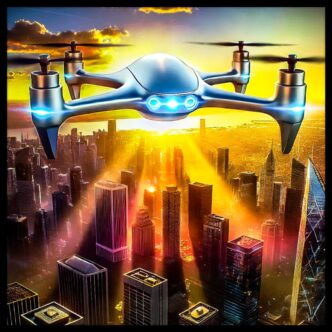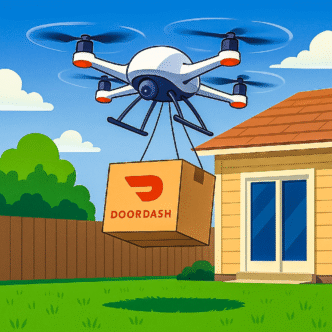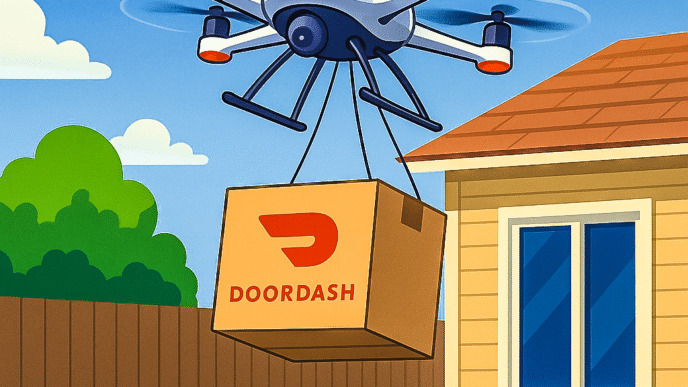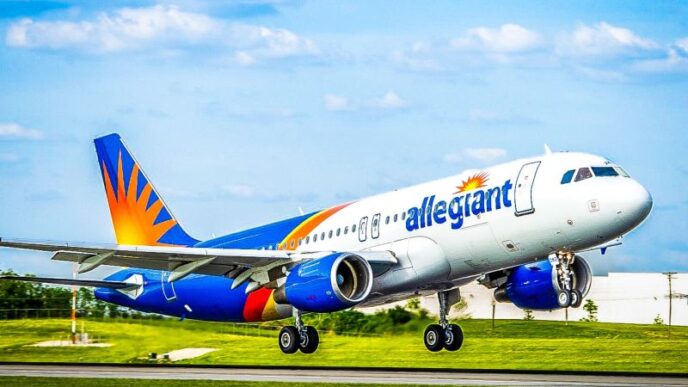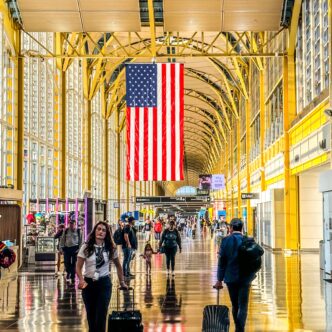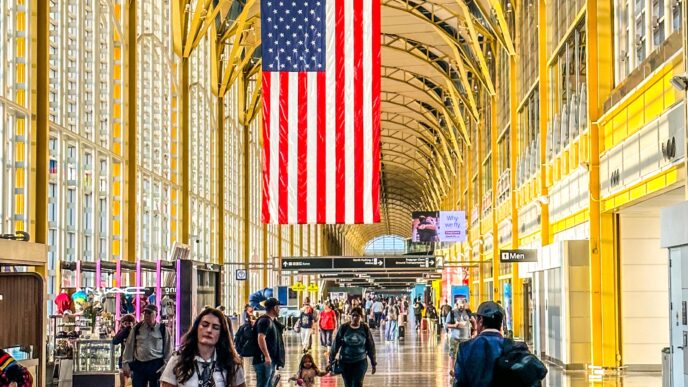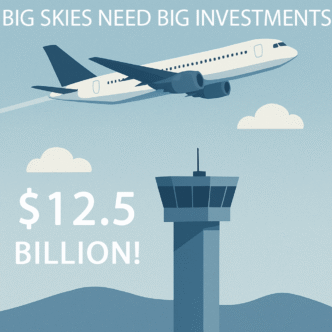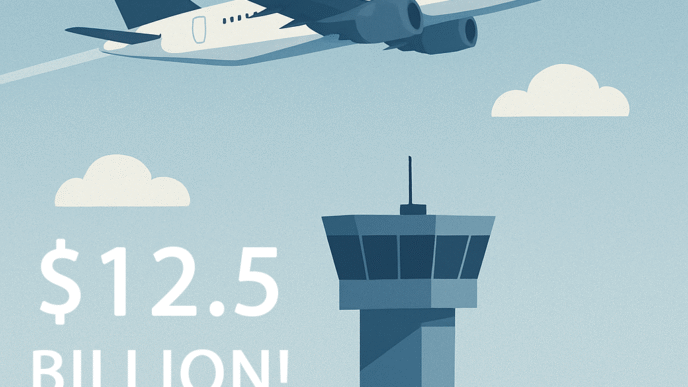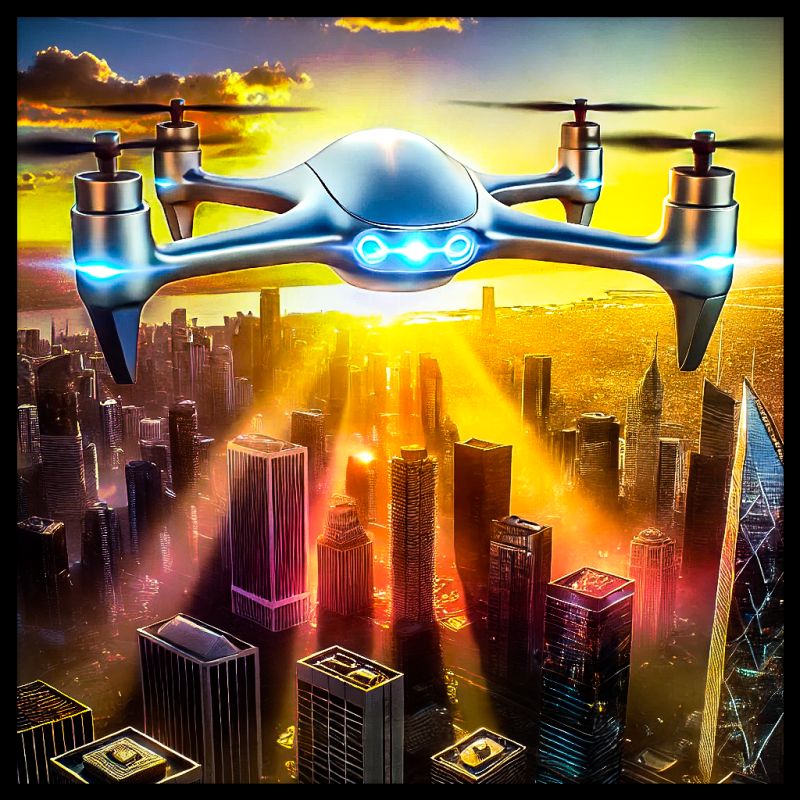
The aviation industry is on the brink of a major transformation. The Federal Aviation Administration (FAA) is preparing to propose new regulations that will significantly expand the commercial use of drones in U.S. airspace. This long-awaited move could revolutionize industries ranging from logistics to agriculture, but it also raises critical questions about airspace safety and regulatory challenges.
What’s Changing?
Currently, commercial drone operations in the U.S. face strict limitations, particularly around Beyond Visual Line of Sight (BVLOS) operations—the ability for drones to fly outside the pilot’s direct view. Under the FAA’s proposed rules, we could see:
🚀 Expanded BVLOS Operations – Unlocking new possibilities for drone deliveries, surveillance, and infrastructure inspections.
🚀 A Simplified Approval Process – Speeding up the time it takes for businesses to get the necessary FAA authorizations.
🚀 New Commercial Opportunities – Companies like Amazon Prime Air and UPS Flight Forward could scale their drone delivery services faster than ever before.
These updates could propel the U.S. to the forefront of drone innovation, but challenges remain.
Is the U.S. Falling Behind?
Many experts argue that the U.S. has been slow to adopt widespread drone regulations compared to other nations. Countries like Australia, China, and Switzerland have already integrated BVLOS drone operations into their commercial airspace.
The Commercial Drone Alliance has been actively lobbying for these changes, emphasizing that excessive bureaucracy is stifling innovation. They argue that current FAA regulations are too restrictive and prevent businesses from fully leveraging drone technology.
However, safety concerns remain a key issue.
The Big Questions
While this is an exciting step for the industry, the proposal brings up some critical concerns that aviation professionals, regulators, and businesses must address:
✈️ How will BVLOS drone operations coexist with traditional aviation?
✈️ Can air traffic control (ATC) manage increased drone traffic safely?
✈️ Will new regulations move quickly enough to keep up with advancing technology?
The FAA has a delicate balancing act—fostering innovation while maintaining strict safety standards. Any missteps could lead to airspace congestion issues, mid-air collisions, or security risks.
What’s Next?
With these new regulations expected soon, the aviation industry needs to be prepared for major shifts. Drone technology has the potential to revolutionize the way goods are delivered, how we inspect critical infrastructure, and even how first responders access disaster zones.
But are we truly ready for a sky full of drones?
hashtag#Drones hashtag#FAA hashtag#AviationNews hashtag#BusinessAviation hashtag#DroneRegulations hashtag#
